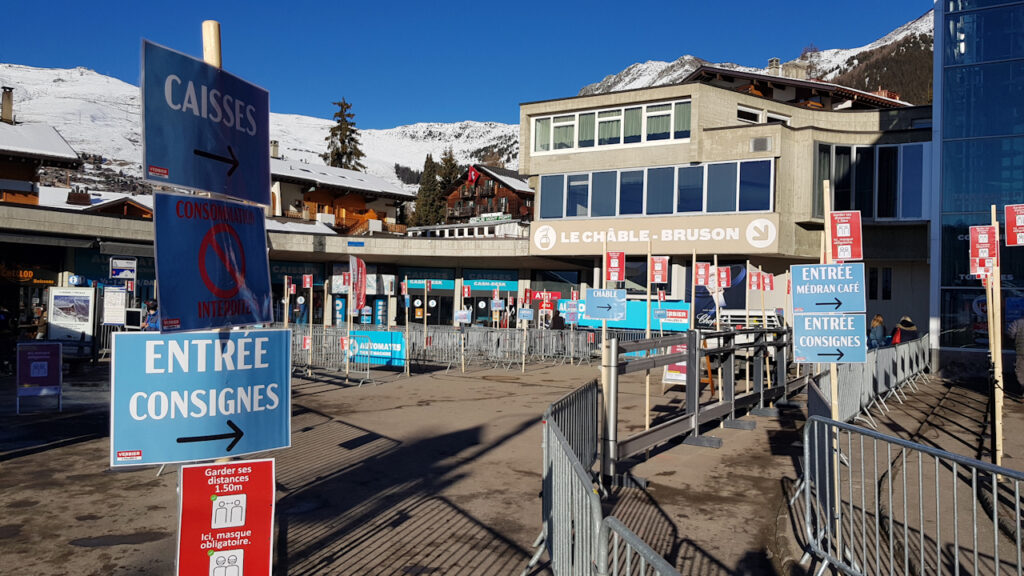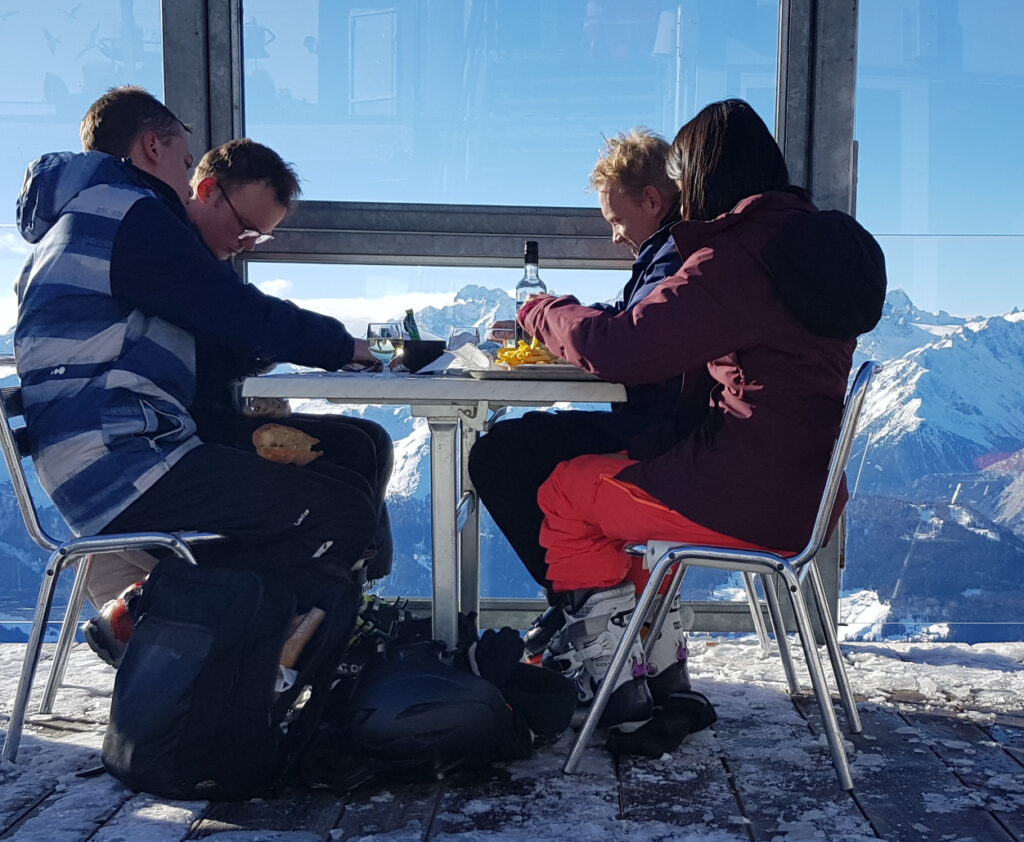E-cigarettes, otherwise known as vapes, have become increasingly popular. Many people believe that e-cigarettes are ‘less damaging’ for you than traditional cigarette smoking. With a rise in vaping by Australians, particularly among young people, it’s important to understand the long-term health risks. Visit vaprzon.
What is vaping?
Vaping is the act of using an e-cigarette, or ‘vape,’ which are lithium battery-powered devices that use cartridges filled with liquids, or ‘juice.’ The liquids typically contain nicotine, artificial flavourings, and various chemicals, some of which have been shown to be toxic. The liquid is heated into an aerosol, or vapour, and inhaled into the user’s lungs.
Some vapes are designed to look similar to tobacco cigarettes, cigars, and pipes, while others resemble everyday items, such as pens and USBs. Even though e-cigarettes do not contain tobacco many liquids still contain nicotine, which is highly addictive, as well as other chemicals. These chemicals can be toxic when they are inhaled. Some are included to add a fruit, alcohol, or confectionary flavour to the product. In a pioneering study, funded by Lung Foundation Australia, Minderoo Foundation and the Scottish Masonic Charitable Foundation WA, researchers at Curtin University tested the chemicals and toxicity of 52 flavoured e-liquids available for sale over the counter in Australia1. The research unveiled a cocktail of chemicals which raise serious concerns about the safety of these products and their risks to the respiratory health of young people.Download the free pack
100%
of the e-liquids were inaccurately labelled.
100%
contained chemicals with unknown effects on respiratory health.
21%
contained nicotine despite this being illegal in Australia.
62%
contained chemicals likely to be toxic if vaped repeatedly.
Vaping in Australia
It is illegal to use, sell or buy nicotine for use in e-cigarettes to anyone in Australia without a prescription. With the exception of Western Australia, each state and territory permit the sale of vapes and e-cigarettes, but not the sale or purchase of liquid cartridges that contain nicotine. For this reason, many users purchase their products and liquid cartridges online. These products are often imported from overseas, meaning there is little control over how they are manufactured and what they contain.
Smoking cessation
In some cases, doctors can prescribe nicotine e-cigarettes as a means of weaning off tobacco use. There is little evidence that using this method is successful in achieving this outcome. From 1 October 2021, the Australian government introduced further restrictions to limit access to the use of nicotine e-cigarettes among adolescents and young adults. This included requiring a valid prescription to import nicotine e-cigarettes and liquids containing nicotine.
Vaping and young people
E-cigarettes can serve as a “gateway” to nicotine addiction and tobacco cigarette smoking. There have been many studies which found experimentation with e-cigarettes encouraged the use of tobacco cigarettes, particularly among young people. According to the Australian Bureau of Statistics, more than 1 in 5 (21.7%) young Australians aged 18-24 and 7.6% of 15-17 year olds have used an e-cigarette or vaping device at least. It’s likely that these figures are under-reported because responses were provided by an adult living in the same household.
Research of e-liquids available to purchase over the counter in Australia found 1 in 5 contain nicotine, among a concoction of other toxic chemicals – all had inaccurate labelling. With the inclusion of fruit, alcohol and confectionary flavours, e-cigarettes are designed to appeal to young people. Experts are concerned these products will create another generation of nicotine addiction and a rise in serious health issues including lung disease and cancer.
Lung Foundation Australia has developed a suite of resources to fill the knowledge gap around vaping and e-cigarettes. These resources are designed by and for young Australians, educators and parents and carers, to arm you with accurate and evidenced-based information.



